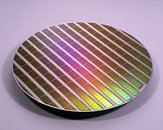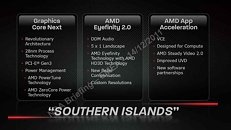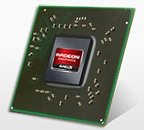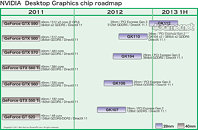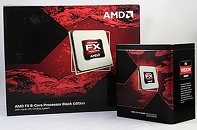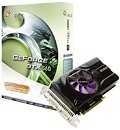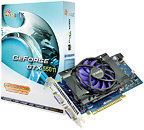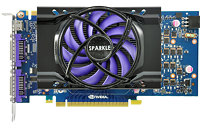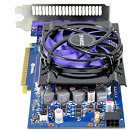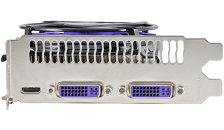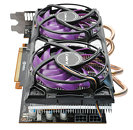
TSMC Reports Fourth Quarter EPS of NT$1.22
TSMC today announced consolidated revenue of NT$104.71 billion, net income of NT$31.58 billion, and diluted earnings per share of NT$1.22 (US$0.20 per ADR unit) for the fourth quarter ended December 31, 2011.
Year-over-year, fourth quarter revenue decreased 4.9% while both net income and diluted EPS decreased 22.5%. Compared to third quarter of 2011, fourth quarter of 2011 results represent a 1.7% decrease in revenue, and a 3.9% increase in both net income and diluted EPS. All figures were prepared in accordance with R.O.C. GAAP on a consolidated basis.
In US dollars, fourth quarter revenue decreased 5.4% from the previous quarter and decreased 4.5% year-over-year. Gross margin for the quarter was 44.7%, operating margin was 31.4%, and net margin was 30.2%.
Year-over-year, fourth quarter revenue decreased 4.9% while both net income and diluted EPS decreased 22.5%. Compared to third quarter of 2011, fourth quarter of 2011 results represent a 1.7% decrease in revenue, and a 3.9% increase in both net income and diluted EPS. All figures were prepared in accordance with R.O.C. GAAP on a consolidated basis.
In US dollars, fourth quarter revenue decreased 5.4% from the previous quarter and decreased 4.5% year-over-year. Gross margin for the quarter was 44.7%, operating margin was 31.4%, and net margin was 30.2%.



